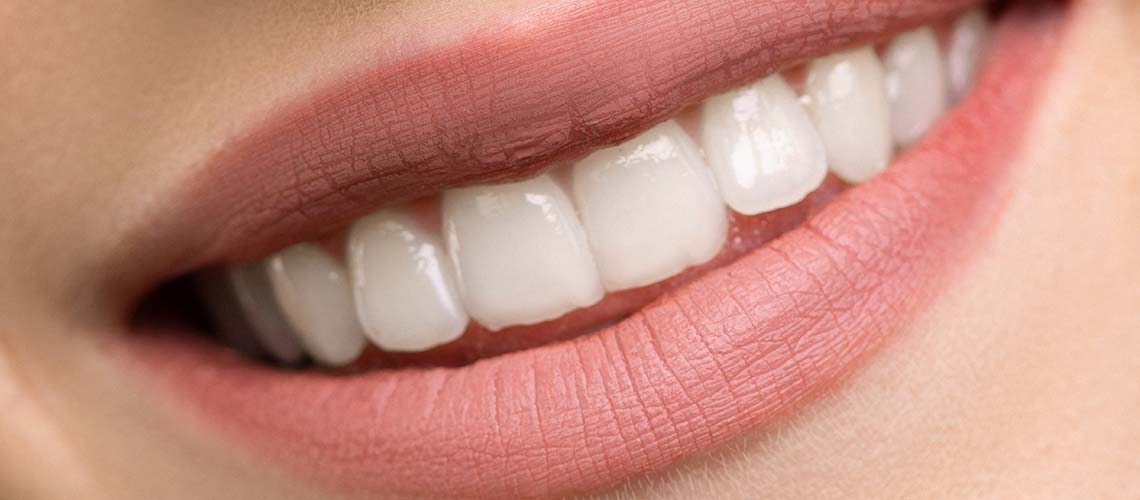
The Anatomy of Your Teeth
Your teeth might be small, but they are incredibly hard-working. They must cope with biting and chewing and are exposed to acids and bacteria daily. Understanding how your teeth are formed can help you care for them more easily and explains why preventive, restorative, and general dental treatments are so essential for optimal oral health.
The part of the tooth visible in the mouth is called the clinical crown, extending to just below your gums. Underneath the gum is the tooth root, which is joined to the clinical crown by the cementoenamel junction. Each tooth consists of several layers.
Enamel
Every tooth has an outer layer of enamel, the hardest substance in the human body. It consists of minerals that include phosphate and calcium. It’s the enamel’s job to protect the tooth from decay and other damage. However, even though tooth enamel is hard, it can still be eroded by bacteria naturally present in your mouth. When this happens, you are at risk of developing a cavity.
Dentine
Dentine lies directly underneath the enamel and is comprised of many tiny tubules. Dentine isn’t nearly as hard as enamel, so teeth can become increasingly sensitive if it becomes damaged or exposed due to enamel erosion. This is because the sensations of hot and cold or sweet and sour can pass through the tubules, eventually reaching the pulp.
Dental Pulp
The dental pulp is right in the centre of the tooth in the pulp chamber. It consists of living tissues, including nerves and blood vessels. The pulp can become damaged by bacteria and feel very sensitive when exposed to anything hot and cold. As a result, the pulp tissue can become inflamed or infected, and at this stage, you may need root canal treatment to try to save the tooth. Prompt root canal treatment is often very successful, so if you have a sensitive tooth or toothache, please come and see us quickly.
Cementum
The crown of the tooth might be covered in enamel, but your tooth root is covered in cementum which helps hold the tooth root in the gum and jawbone surrounding it. Cementum isn’t nearly as tough as enamel, so if your tooth roots become exposed, it can easily be worn away as you brush your teeth, leaving the exposed tooth root at risk of decay.
Periodontal Ligament
Periodontal ligaments aren’t part of a tooth but are essential for oral health. The periodontal ligament connects the tooth in your jawbone, holding it securely and acting like a tiny shock absorber. If it becomes damaged, there is a risk your tooth will loosen in its socket.
Ensuring you brush your teeth at least twice a day and floss once a day will help protect your tooth enamel, keeping it healthy and strong and help prevent gum disease. Regular dental checkups are also essential, and we like to see our patients every six months or more frequently if ongoing issues require closer monitoring. Regularly checking your teeth and gums helps ensure that any changes to your dental health are quickly detected, and we can provide appropriate treatment to restore oral health.


0